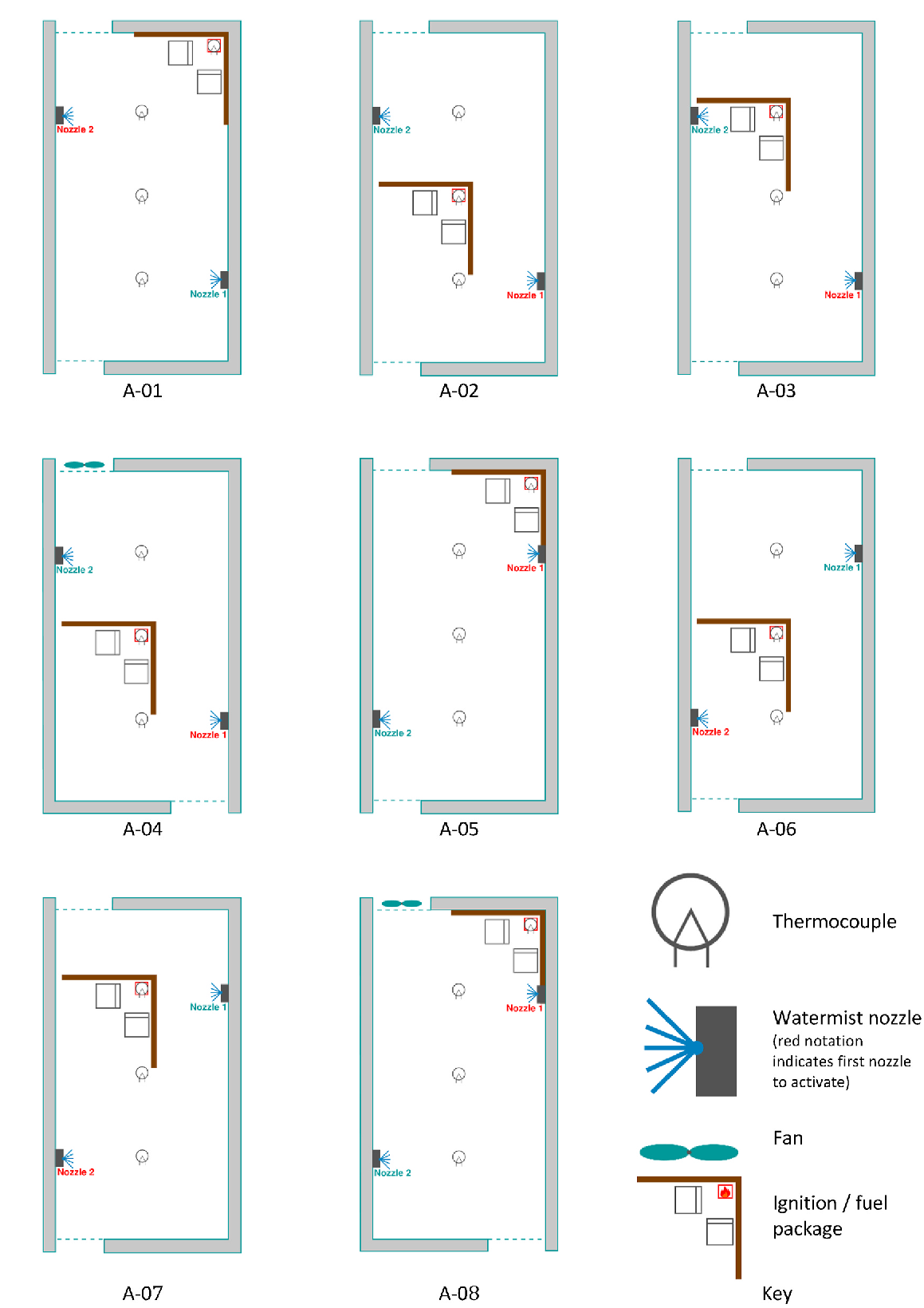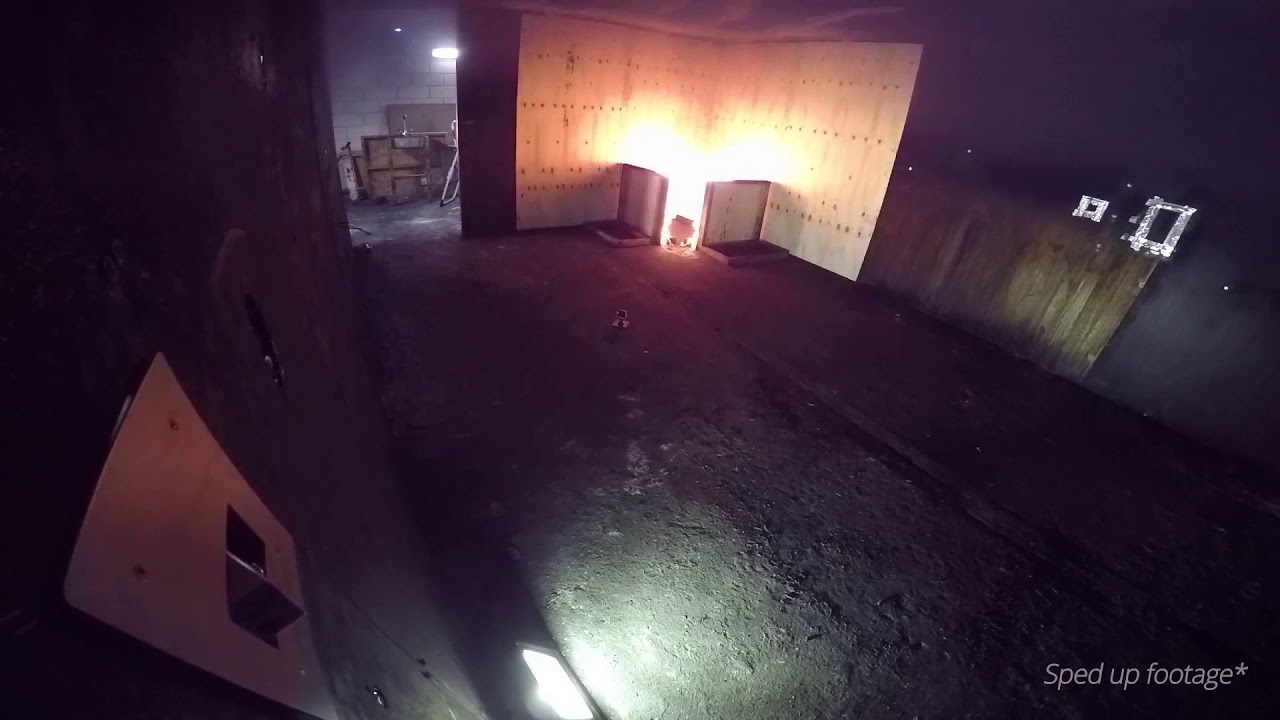6.1 Fire Tests
The system has been tested in accordance with Annex C and meets all performance criteria listed in 6.1.
- Automist Smartscan Hydra Exova Warrington test report - BS 8458: 2015: Annex C, Method for Measuring the Capability of a Watermist System to Control a Fire.pdf
- Automist Smartscan BSi Verification Certificate for BS 8458 performance requirements - BSi Verification Certificate.pdf
Further information:
The system complies with Clause 6.1 (a) & (b) for domestic and residential premises at a maximum room size of 80m2 and a ceiling height of 3.5m. Clause c) is deemed not applicable because Automist is an electronic nozzle and does not rely on a mechanical glass bulb. Automist’s electronic activation ensures that only one of the (up to six) spray heads in the system activates, the one with the best visibility of the fire. Therefore, removing the concern that another spray head in an adjacent room (the third nozzle criterium) may activate mechanically and share the water allocated for the room of fire origin.
11 fire tests were performed against BS 8458:2015 at Warringtonfire. The test facility at Warringtonfire is constructed in accordance with the specifications detailed in BS 8458:2015 as Warringtonfire operates a quality system in accordance with BS EN ISO/IEC 17025:2017.
- 2 of each of the 3 fire load locations (1 for each spray head placement), subtotal: 6
- Repeated test with a fan (minimum velocity of 1 m/s) for the worst-case scenario of each head placement, subtotal: 2
- 2 open room tests for the worst-case scenario for each head placement (where one of the tests is redundant), subtotal: 3
For all fire testing, a worst-case scenario was tested; 60m total hose lengths with 20m of 1⁄4” and 40m of 5/16”. This causes the longest possible delay in water output from the hose system.
BS 8458 has no guidance diagrams for the placement of sidewall nozzles. However, it does give guidance to:
‘Install two or more nozzles of the same type in a test room’
‘The nozzles should be installed in accordance with the manufacturer’s instructions and this British Standard. Where there are differences, the conditions recommended in this British Standard should prevail’
‘Figures C.1, C.2, C.3, C.6 and C.7 show a two-nozzle arrangement, but other nozzle arrangements are permitted, providing the arrangement is symmetrical in the room.’
The fire testing carried out at Warringtonfire followed the guidance (above) while still meeting the placement rules to cover the whole room in the Plumis DIOM. BS 9252, UL 2167 and UL 1626 all provide guidance on the placement of sidewall nozzles for fire tests, specifying the placement of nozzles equally spaced on the same wall. As Automist selects only one nozzle to discharge, the one that observes the fire the best. Symmetrical and opposite nozzle positions were selected that maximised the difficulty of each test by including more fires with a central obstruction (see diagram right).
In each test, the system successfully kept the temperatures below the pass criteria for the duration:
- 320° 75 mm below the underside of the ceiling
- 95°C 1.6 m above the floor
- 55°C 1.6 m above the floor (for not more than any 120s interval)



